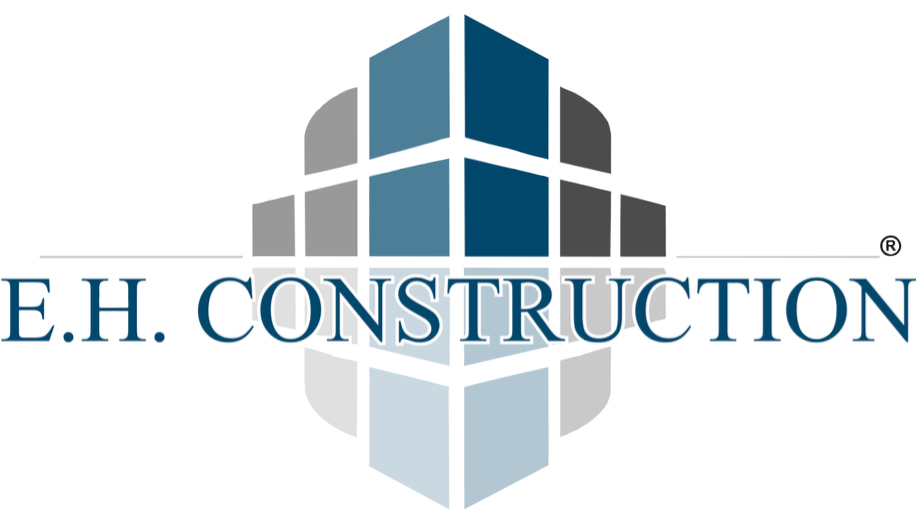Form vs. Function: Where to Compromise (and Where You Never Should)
Welcome to the eternal tug-of-war in building construction: form vs. function. One promises curb appeal and Instagram likes, the other ensures your foundation doesn’t crack under pressure (literally). As any seasoned general contractor, home builder, or construction worker will tell you: beauty fades, but poor framing lasts forever—and not in a good way.
So, when should you give in to the designer inside you, and when should you listen to the backhoe operator who’s been side-eyeing your cantilevered balcony dreams? Let’s dig into it.
Where to Never Compromise
1. Foundation & Structure
That Pinterest-worthy floor plan won’t matter much if your footer (footing) fails. Whether you’re building on expansive soils or rock-solid grade, structural integrity is non-negotiable. Want a floating staircase? Cool. Just make sure your girder truss and glulam beams are up to code.
Pro Tip: Skip the flash and focus on flashing—the kind that keeps water out. Form without proper damp proofing is just a soggy mess waiting to happen.
2. Electrical & Safety
Your lighting can be sleek and modern, but make sure it’s not overriding that GFCI (Ground Fault Circuit Interrupter). No one wants an aesthetic fire hazard.
Also, if your forced air heating/cooling system looks “pretty” but can’t heat a room past 65 degrees? That’s a fail. Function wins here every time.
3. Building Code & Inspections
That dreamy passive house design still has to pass code, friend. Your fascia may look clean and sharp, but if your felt (underlayment) is missing or you skipped on fire-resistive materials—expect a visit from the city inspector. And yes, they will look at your frieze board (bird block) and judge.
Where You Can Flex for Form
1. Finish Materials
Choosing between classic green board (pressure-treated lumber) for wet areas or tile that matches your dog's eyes? Go wild. Just don’t forget that tile still needs proper flatwork underneath or it’ll crack faster than a dry cookie in a car dashboard.
Same goes for fascia, grain direction, or your custom reclaimed wood ceiling—these are great places to show off your style.
2. Fixtures and Layout Flow
Form can shine in your choice of hardware, cabinetry, or how your CAD (computer-aided design) layout flows. Want your shower to feel like a spa? Go for it. Just don’t forget your blueprints need to account for plumbing angles and proper slope (trust us, you’ll regret that flat shower pan).
3. Exterior Design
Add a gabled roof or unique window layout to boost curb appeal. The gable doesn’t just look good—it adds ventilation and structural strength. A win-win. Just ensure your construction site crew actually has the bid to match that unique design. Change order fatigue is real.
Green Building: A Balance of Both
This is where green building really shines. Smart builders, whether they’re from L&T Construction or your favorite custom home builders, understand that sustainability needs both form and function. Think stylish solar panels, low-VOC materials, and layout designs that support natural cooling.
Even ready mix concrete can get a glow-up these days—just ask your construction company about decorative floating slabs that still hold up in extreme weather zones.
So... What’s the Real Cost to Build a House That Looks Good and Lasts?
Here’s the truth: a functional design with thoughtful form costs less in the long run. While a cost-plus contract may give you flexibility, skipping on structural quality will always lead to daily reports filled with regrets.
Use BIM (Building Information Modeling) to make informed decisions and track your cost codes. Lean on experienced contractors, builders, and a sharp bid process to keep your dream home from becoming a money pit.
Final Verdict
Form is the frosting. Function is the cake. You need both, but you never want to be that person who built a beautiful house with no foundation—literally or metaphorically.
Let the experts guide you. Ask your contractor the tough questions. Choose framing over fancy when it really matters. And remember—at the end of the day, your construction site isn’t a runway. It’s a jobsite.
Need help balancing your build? E.H. Construction is here for you—from pouring that first footer (footing) to hanging the final fascia. Let’s build something strong, beautiful, and built to last.*

